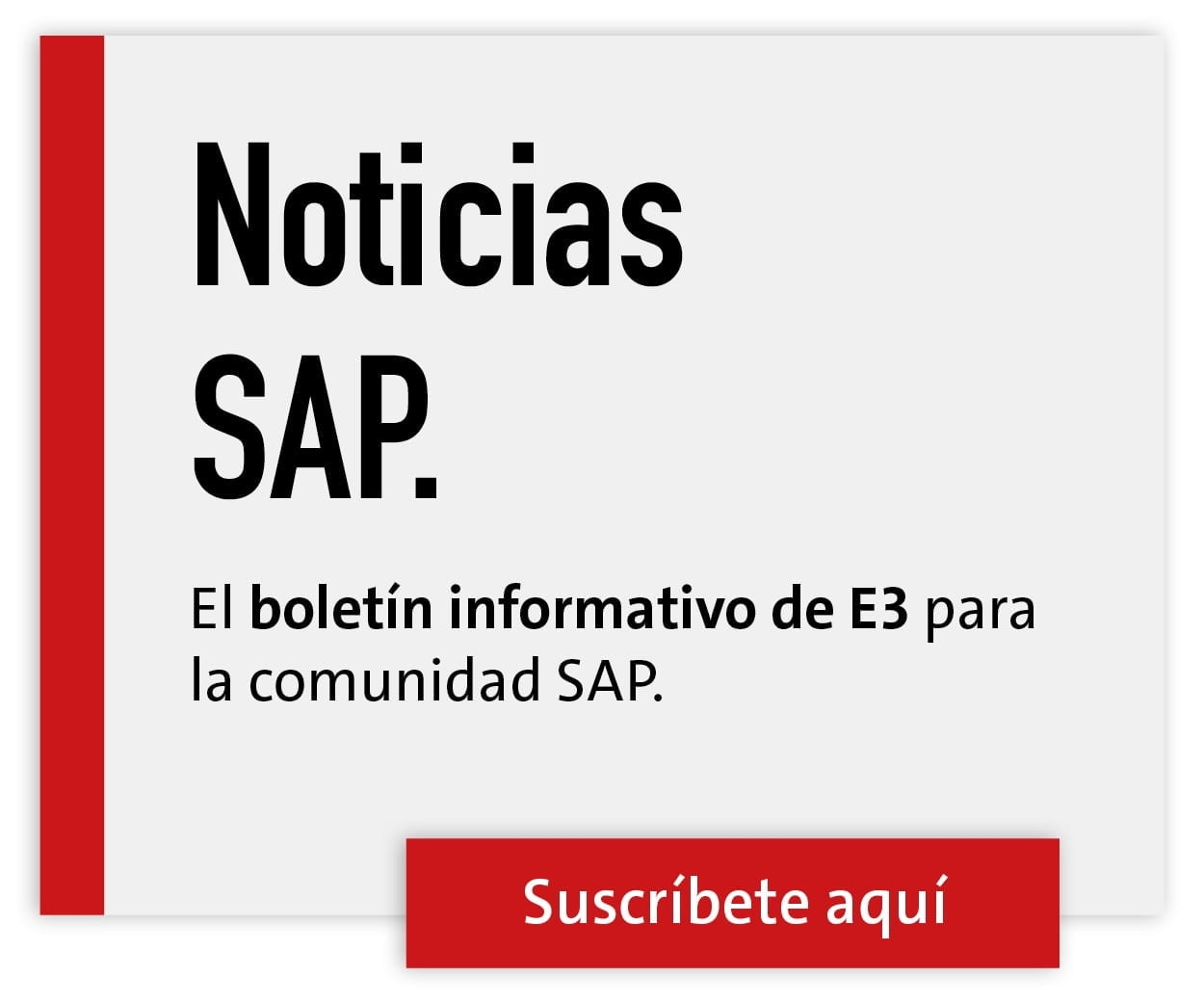Elaborate BI projects are a thing of the past in the future


How do you assess the current developments in the BI market?
Henrik Jörgensen: In our view, developments in the BI market are moving in the right direction: companies are showing more and more interest in analyzing both big and small data.
I see a very big trend here: BI solutions from the cloud will continue to gain in importance. They offer companies an uncomplicated and quick way to analyze data.
Another important trend is, of course, self-service: employees in companies want to have a tool in their hands with which they can analyze the data they deal with on a daily basis themselves. The third trend is mobile BI solutions. Interactive dashboarding - i.e. the ability to use data for storytelling - is also becoming increasingly important.
How is Tableau positioning itself as a company in German-speaking countries?
Jörgensen: Germany is a core market for Tableau. We opened our DACH headquarters in Frankfurt in 2013 and have been continuously expanding it ever since. Together with our large partner network, we also have a strong regional presence in DACH and can fulfill all customer requests comprehensively and promptly.
Our vision, and therefore our positioning, is to turn the BI market upside down in German-speaking countries too - with easy-to-use self-service BI tools that allow practically any employee to become a data analyst, without any prior knowledge or programming effort. Time-consuming BI projects will be a thing of the past.
What is your strategy for the German-speaking SAP community?
Jörgensen: Here, too, we want to make it as easy as possible to analyze the data and communicate the information. A huge amount of data lies dormant in companies' SAP systems, which Tableau can access via certified connectors.
In addition to certifications for Hana and SAP Business Warehouse (BW), we therefore offer single sign-on and support for mandatory variables for Hana. This gives the SAP community the opportunity to analyze and visualize their SAP and non-SAP data with Tableau without any effort. This is what we offer the community: an easy-to-use tool.
Support for SAP variables and a single sign-on for Hana has been an integral part of Tableau since version 9.1. Can you briefly explain the new functions to us?
Jörgensen: With version 9.1, variables in Hana and SAP BW can be queried directly when a workbook is opened. Tableau Desktop and Server Tableau have a dedicated menu item for this.
If Hana is configured for single sign-on, the user can access the data and publish data sources and workbooks on Tableau Server after logging in to Hana Server - without having to log in again with username and password.
What does the interaction with the SAP Predictive Analysis Library (PAL) look like?
Jörgensen: We currently have no direct integration with PAL, but we can import the results of the PAL analyses into Tableau via CSV and database models and visualize them there.
Hana promises real-time analysis of real data without having to go through aggregates. Can this performance gain also be used with Tableau?
Jörgensen: In any case. Tableau is always as fast as the underlying database. The performance advantages of Hana are therefore passed on in full to Tableau.
How do you rate your relationship with SAP?
Jörgensen: SAP is an important technology partner for Tableau. And the collaboration is bearing concrete fruit. For example, the certification of our connectors for Hana and SAP BW is proof that our investments in research and development are paying off and that SAP sees it that way too.
Is the indirect use of SAP licenses an issue that is raised by your customers during implementations?
Jörgensen: SAP license issues are a topic for SAP and its customers. We have no knowledge of the individual structure of SAP license agreements. We therefore advise our customers to get in touch with their contacts at SAP with any related questions.
However, many companies have so far struggled with the cultural changes that business intelligence and business analytics entail. Are decision-makers now more willing to embrace this change?
Jörgensen: As mentioned at the beginning, the market is moving in the right direction. The topics of analytics and, above all, self-service BI are being discussed in companies.
We are seeing a willingness to use the benefits of BI, particularly in departments such as marketing, sales and controlling. At the same time, however, we are of course also noticing that Germany as a whole is still a long way from the ideal of the data-driven company.
One of the reasons for this is that data is often seen as a by-product of applications and not as an asset in its own right. Interestingly, once a company has decided to work with our software, they no longer want to do without it.
Many of our customers start with a single license. After the first project successes, they then buy additional licenses.
German users are considered to be particularly critical when it comes to data protection and security. How do you deal with this?
Jörgensen: Data protection and security is naturally a top priority for us. First of all, companies that analyze their data with Tableau are accessing material that is generated as part of their business activities and has always been generated.
Our software therefore does not collect any data - it is used exclusively to analyze existing data. Of course, this means that we support all standard data protection and IT security measures.
Customers can always decide whether they want to operate Tableau on premise or on demand - and our data center in Europe will be available to customers from the start of 2016.
Which data sources can be linked to Tableau?
Jörgensen: Tableau supports more than 40 data sources - from Amazon Redshift, Google Analytics, BigQuery, Cloud SQL, HP Vertica and IBM Insights, DB2, Netezza to Microsoft Office, SQL Server, Azure as well as My SQL, Oracle databases and Teradata and Salesforce.com. And of course SAP Hana, BW, Sybase.
To what extent is the topic of master data management gaining in importance?
Jörgensen: Proper management of master data has always been important, as the relatively static basic data used in the operational context represents a high intangible value for companies.
They must therefore ensure that their master data is always consistent, complete, up-to-date, correct and of high quality. A well-maintained database is a prerequisite for obtaining valid results. This has always been the case and will continue to be so in the future.
Many companies are used to exporting Excel lists for further data analysis. What alternatives are there to avoid media disruptions?
Jörgensen: With Tableau, users can connect directly to the data sources and analyze and visualize the data. As the data is not written back to the data sources, no errors can occur.
How will your range of solutions develop?
Jörgensen: We are constantly developing new features to speed up the analysis functions, data preparation and visualization options. At the beginning of 2015, we launched our biggest release to date - Tableau 9.0.
Six months later, Tableau 9.1 followed with the iPad app and a new Web Connector that gives developers unlimited access to data on the web. And in the same year, Tableau 9.2 was launched - with an app for the iPhone, additional features for data preparation and integration with Mapbox, which means that maps are now fully configurable.
In the next two years alone, we plan to invest more in research and development than in the last ten years combined. Another focus is mobile. The possibilities of viewing and understanding data on mobile devices offer enormous potential. Our iPad app Vizable is the perfect example of Tableau's innovative strength in the mobile sector and enables us to reach even more users.






